Guide to Crochet & Knitting Gauge
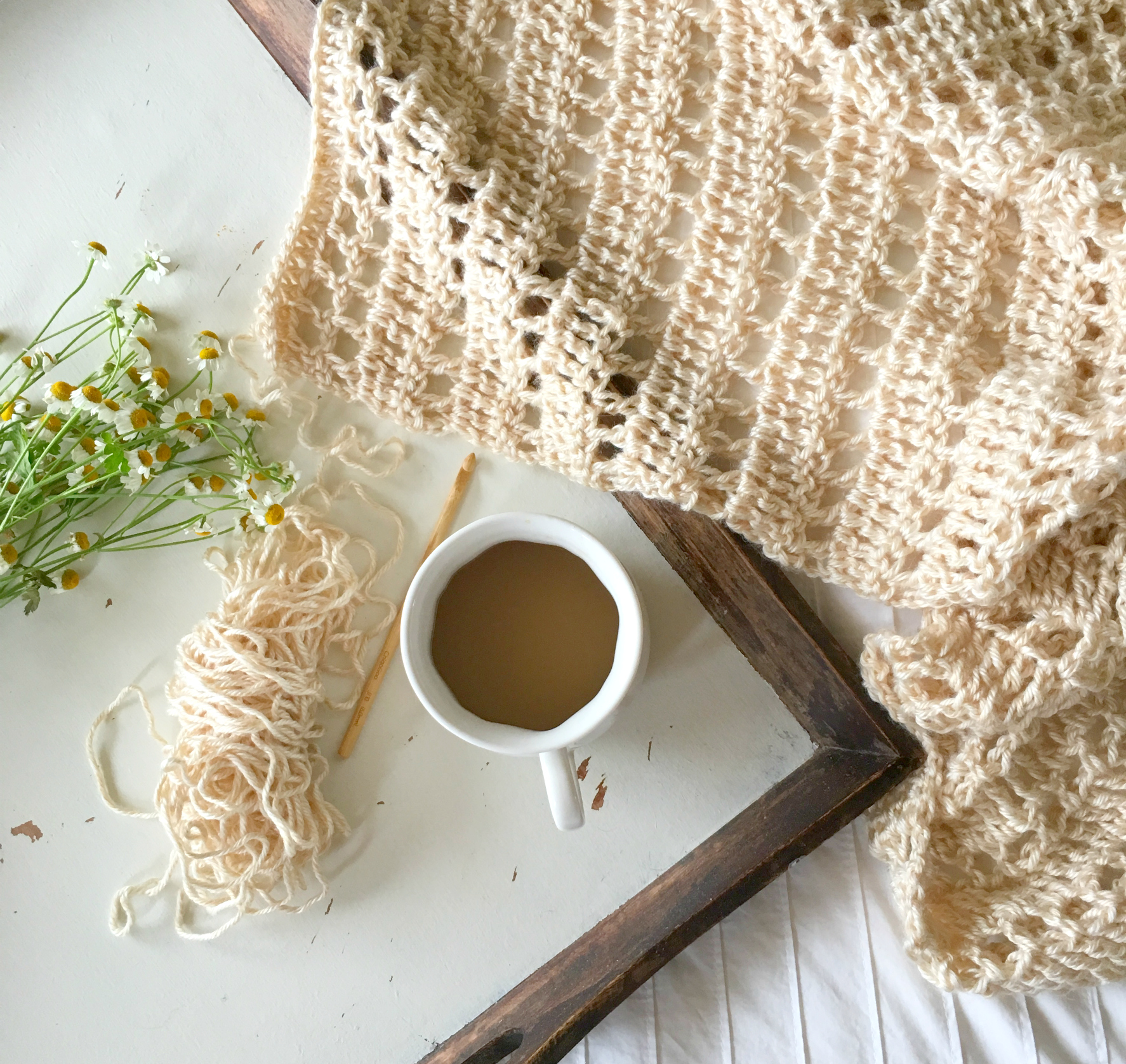
How to check gauge in knitting and crochet – it’s an important but often times dreaded question! Today I’d like to get into what it is, how to do it, and why we should all be better about actually making a gauge swatch. 🙂
Have you ever read a knit or crochet pattern and gotten to that part where it talks about gauge? If you’re like the me of the past, you find yourself just kinda skipping over that part so that you can start your project.
We get so excited to begin with our new yarn and shiny new projects, right? But gauge is actually super important for many projects, though we don’t have to do it for all them. Hehe! 😉
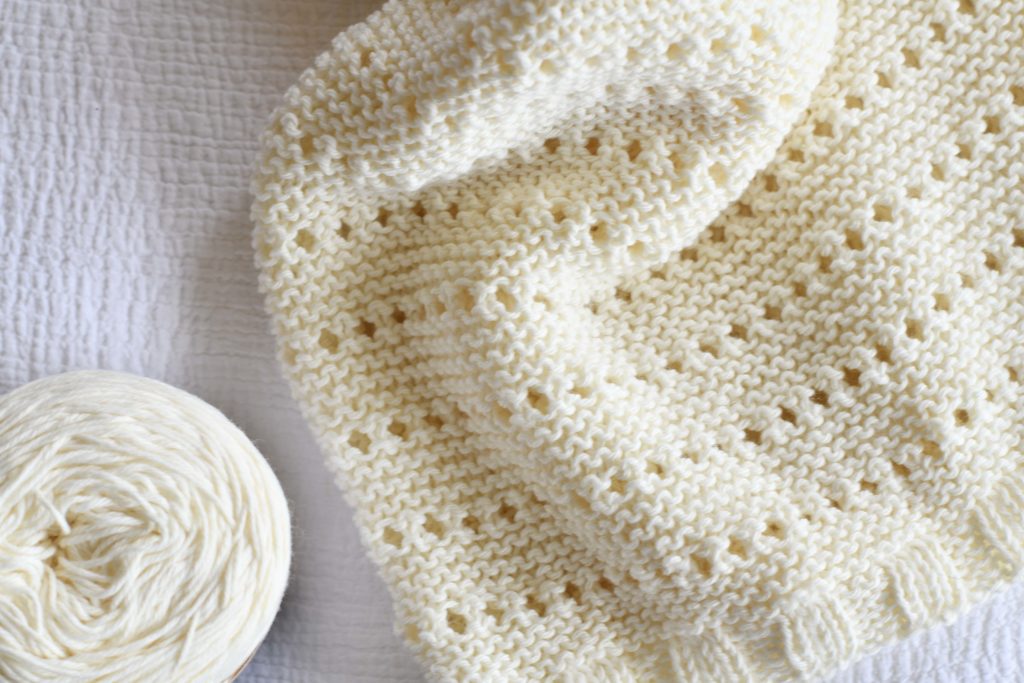
Above: So much pretty fabric! If you check your gauge before beginning, you’ll be on track to have a garment that fits just right.
Okay, so maybe you have read the part about gauge in your patterns but never really understood why it’s there. Have you ever followed a pattern exactly and found that your finished piece isn’t quite the size you anticipated or isn’t fitting the way you imagined? Well, making a gauge swatch will fix that issue nearly 100% of the time.
Checking your gauge also gives you a chance to get comfortable with the feel of working your new yarn before starting a new piece. However, the most useful part of making a swatch is that your garment or piece will be sized correctly.
I’ll go so far as to say it might be the most important thing you do if you’re making a garment! While nobody wants to deal with measuring and making a swatch before starting a fun project, the truth is that it’s your best insurance to avoid finishing an ill-fitting sweater. So let’s get to how we do this ever important step.
WHAT IS GAUGE IN KNIT & CROCHET?
Gauge is simply the number of stitches per inch on the horizontal and the number of rows per inch on the vertical of any project you work on.
Most patterns will list the gauge in the instructions of the pattern and generally use 4 inches as a good square. If you’re not using a written pattern, sample gauge can often be found on the label for the yarn you are using.
I typically write gauge on my patterns like this:
Gauge: Approximately 15 stitches & 9 rows in 4” x 4″
Which means – 15 stitches across 4 inches and 9 stitches up (rows) 4 inches. A square 4’’ x 4” should measure 15 stitches by 9 rows.
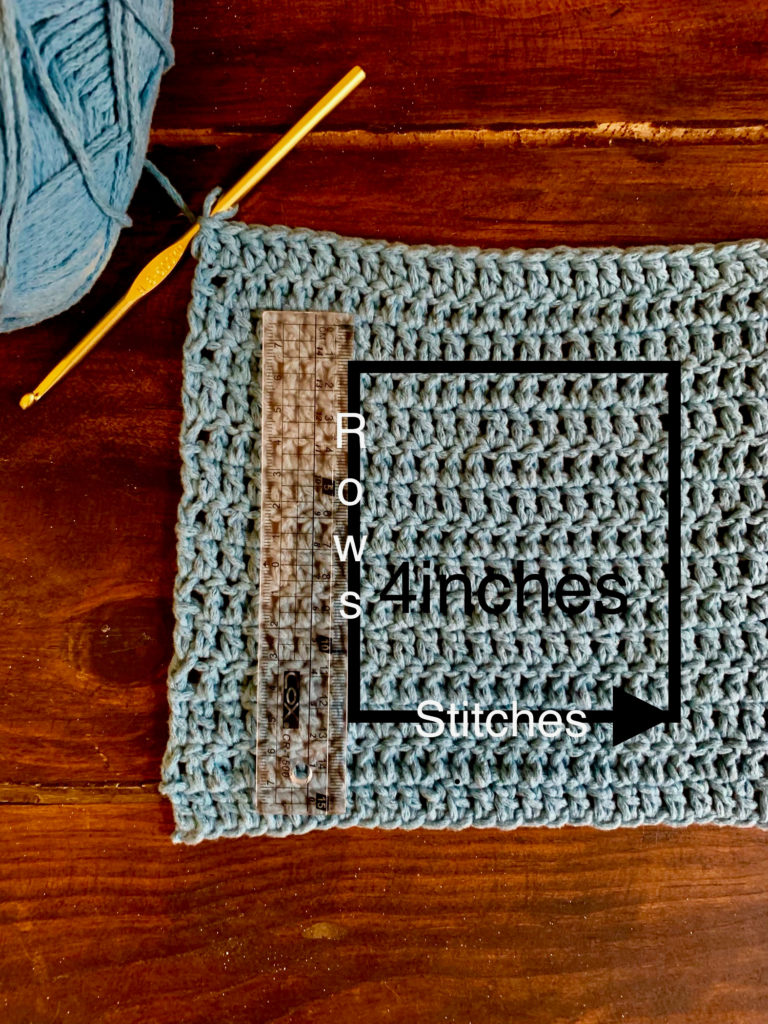
Above: A swatch showing how to measure gauge. This swatch uses Lion Brand Feels Like Butta worsted weight yarn, which is used on my pullover pattern below. If you’re concerned about getting the size right on this pullover, it’s smart to make this gauge swatch first!
If you don’t check your gauge, your Lounge Around Pullover (HERE) might turn out too large or too small. 🙂
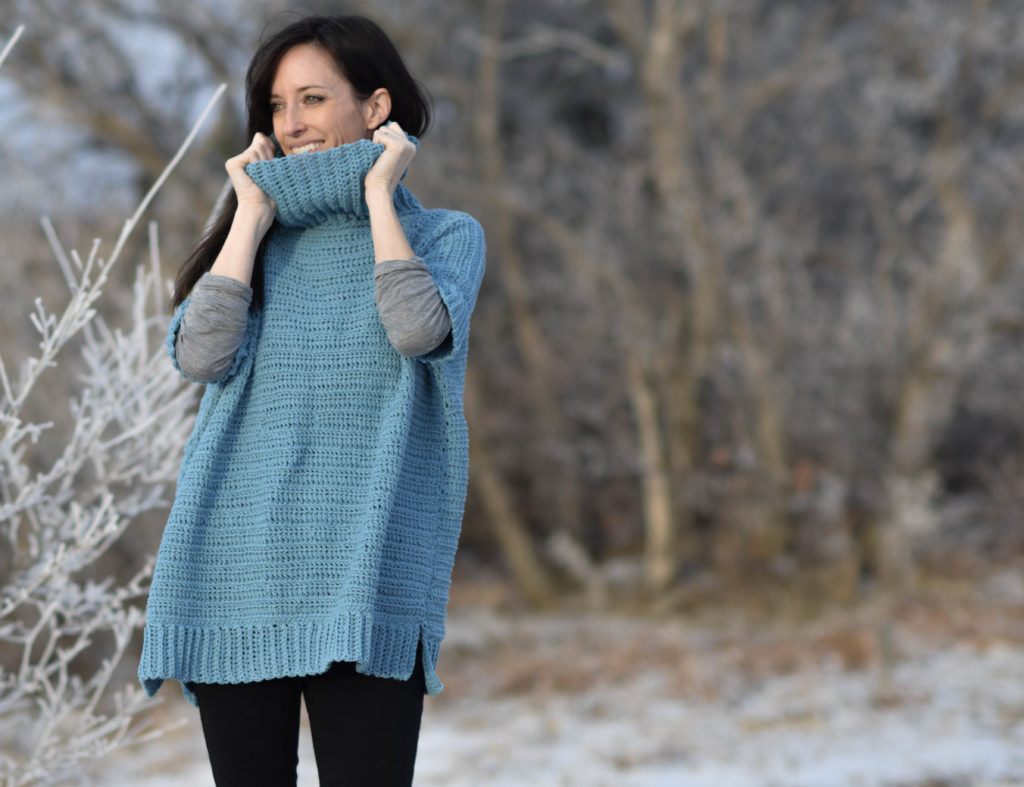
While the above pattern is pretty forgiving, some sweaters are quite fitted and have a lot of shaping. It’s even MORE important to check gauge with those types of projects. Another thing to keep in mind is the the ease. This basically means, is the sweater supposed to fit loosely or tighter? You will want to not only check gauge, but also the sizes listed to ensure you pick the correct size for the fit you’re looking for.
WHY IS GAUGE IMPORTANT?
We are all unique in our style of knitting and crochet. Some people naturally knit looser, others may crochet with more tension. Some of us sit while knitting, others stand. Different types of stitches in a pattern also have an effect on tension and sizing.
Yarn size, hook size and our own individuality with tension can affect sizing. I personally tend to knit and crochet very loosely. So if you’re making one of my patterns and you crochet tightly, you might find that the finished size is smaller. If you first do a gauge swatch, you can adjust your hook size up to match my gauge. Voila!
DO YOU ALWAYS HAVE TO MAKE A GAUGE SWATCH BEFORE STARTING A PROJECT?
The truth is, no, (Cue the CELEBRATING!) you don’t have to make a swatch before every project, but I recommend doing it if sizing is important to you. If nothing else, the MOST important time to make a gauge swatch is before beginning any pattern that needs to be a specific size, like clothing. Even hats can turn out too small or large if gauge doesn’t match, so just be careful.
For projects like blankets, towels and coasters where size isn’t a deal breaker for you, a gauge swatch isn’t mandatory in my opinion. Many times I don’t list gauge on my scarf patterns and even on a couple of blanket patterns. That’s because you’ll still end up with a wearable scarf or usable blanket, even if it turns out a bit longer or thinner than mine. For beginners, gauge can be super intimidating, so I’m not going to bother you with gauge measurements on a complete beginners scarf pattern, for example.
How To Check Knit Gauge & Crochet
You will use the yarn and needles or hook listed for the pattern, and get ready to make a small sample.
Most gauge instructions in a pattern are listed near hook size and yarn weight. Similarly, on a ball or skein of yarn, it is often listed near the bottom of the label next to the hook. Again, it can look something like this:
15 stitches and 19 rows = 4 inch (this refers to a 4″ x 4″ square) using an 8 mm hook
# stitches and # rows = 4 inches in single crochet (sc)
Gauge: # stitches and # rows = 4 inches (10.16 centimeters)
Now you can begin by making a sample that’s large enough to measure.
Always make your swatch squares larger than 4″ x 4″ so that you can accurately measure the 4 inches in the middle of the square. Edges, turning and tension can play with the middle stitches which is why if you stitch a 7″ x 7″ inch square, you can measure that 4″ x 4″ pretty part in the middle.
Use the stitch indicated in the pattern for your swatch. If it’s not listed, always use stockinette stitch for your knit gauge swatches (knit 1 row, purl 1 row) and single crochet (sc) for your crochet swatches
KNIT GAUGE
STEP 1: Choose the needle size and yard size/weight listed on your pattern.
STEP 2: Next, start to knit your sample swatch by casting on enough stitches for a nice sized swatch. Use the stitch listed in the pattern, otherwise you may choose to use the stockinette stitch (knit one row, purl next row). Knit away until you’ve made a square that measures approximately 7 inches x 7 inches.
STEP 3: Lay your square on a flat surface and take a hard ruler or measuring tape and lay it horizontal across your square. In the middle section of your square (not from the edge), count the number of stitches within 4 inches on one row. These are your ‘stitches per inch’ measurement.
Turn the ruler vertical and again, in the middle of your square, not on the edges, measure the number of stitches up 4 inches. These are your “rows per inch” measurement.
STEP 4: Now compare your numbers (stitches per inch and rows per inch) to the stitches per inch and rows per inch listed in your pattern.
If it’s the same number – you’re good to go! If you’re off, it’s time to make some simple adjustments. You can either adjust the hook size until you’ve reached the correct gauge, or you can adjust your tension. For me, it’s easier to adjust my hook or needle size.
CROCHET GAUGE
STEP 1: Choose the hook size and yard size/weight listed on your pattern.
STEP 2: Using the stitch indicated on the pattern, make a chain about 7 inches long. If there is no stitch for measuring gauge listed on the pattern, usually that means just measure using single crochet.
STEP 3: After making your 7 inch chain, begin crocheting with the appropriate stitch until you’ve made a square that measures approximately 7 inches x 7 inches.
STEP 4: Lay your square on a flat surface and take a hard ruler or measuring tape and lay it horizontal across your square. In the middle section of your square (not from the edge), count the number of stitches within 4 inches on one row. These are your ‘stitches per inch’ measurement. Turn the ruler vertical and again, in the middle of your square, not on the edges, measure the number of stitches up 4 inches. These are your “rows per inch” measurement. Now compare your numbers (stitches per inch and rows per inch) to the stitches per inch and rows per inch listed in your pattern.
Again, not to worry if it’s not exactly right; try it again after making some adjustments. You will want to go up a hook size or two if you’re swatch has turned out too small and there are more stitches per inch that indicated in the gauge listed. You can also go ahead and adjust your tension.
Like I mentioned earlier, it’s easiest for me to adjust the hook size. You’ll need to go down a hook size or two if you you have too few stitches per inch, and up a hook size or two if you have too many stitches per inch.
Once you’ve made adjustments according to the little changes listed above, you’re now golden and can start the pattern as indicated. Woo-hoo!
Final Tips
As you move along on your project , you may notice your stitches aren’t always the same as they were in your swatch. Ugh! Why? Where we work and how we sit or stand can all affect the tension in our knitting and crochet. You’re going to be fine and usually blocking your piece at the end will help iron out any of these slight inconsistencies.
- Take note as to whether the swatch is in rows or rounds and plan accordingly when you make your swatch.
- Sometimes rows aren’t listed. In fact, in a lot of my older patterns, I only listed stitches per inch. Tsk, tsk on me! See, I never liked gauge either. However, now that I’m making more garments it’s necessary that I list stitches and rows when needed. I also now know the importance of gauge. 🙂
- Don’t ever stretch your swatch. If you’re off a bit, it’s tempting to just stretch that pesky swatch so that the stitch and row measurement fit. However, even a little stretching and pulling can throw your whole pattern off. If you need to block your finished piece to size at the end of the actual project, then of course you can do that! Just don’t go stretching out your swatch.
- Check your hooks. Hooks are labeled differently in different places of the world and even in my own craft store. Ugh! So be sure to double check your hook size in mm and the pattern to make sure they correspond.
Once you’re in the habit of making a gauge swatch before starting your big project , it will make your work much more consistent and the fit much better. If you’re going to put hours of heart and soul into your project, you want it to turn out correctly. Let’s just begrudgingly do that gauge swatch so we can have perfectly sized finished pieces!
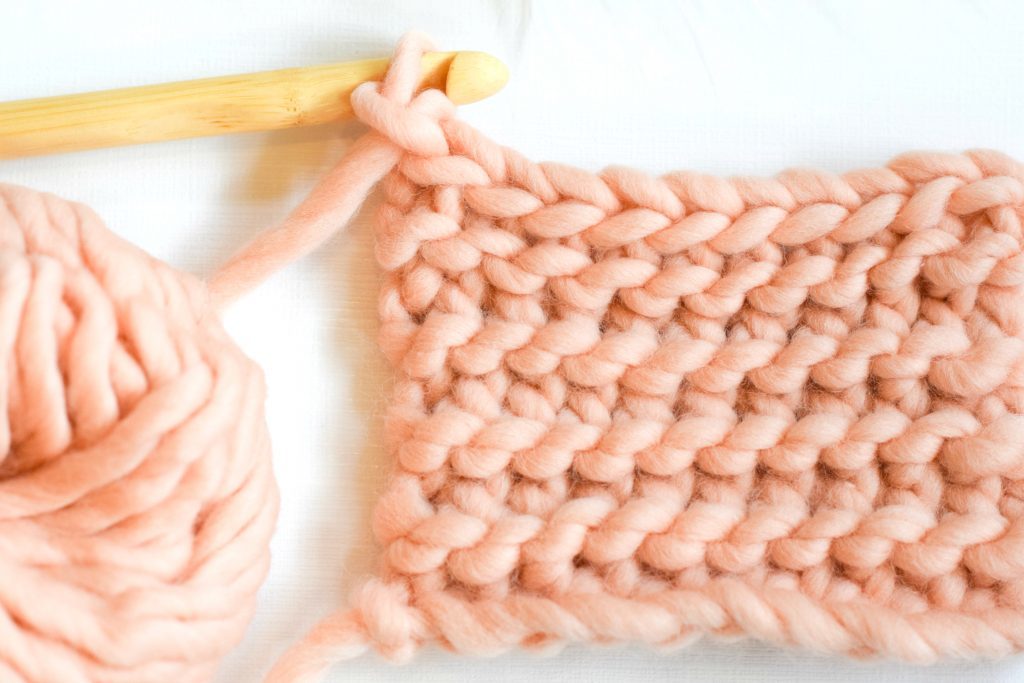
Even though I don’t love making a gauge swatch, it’s something I know must be done when I make a sweater. I hope this helped you understand gauge so your next project is a success! 🙂
XO,
Jessica

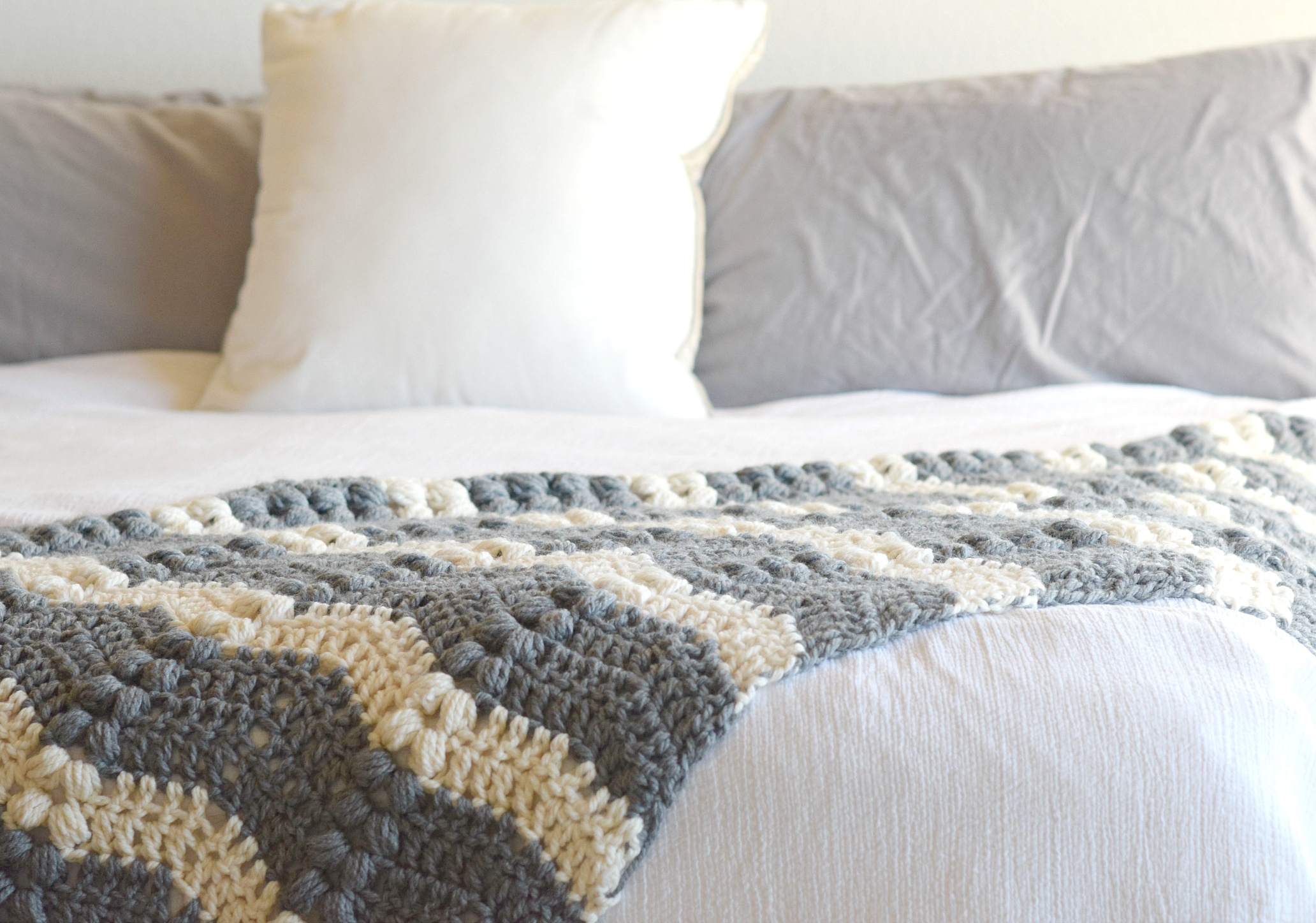
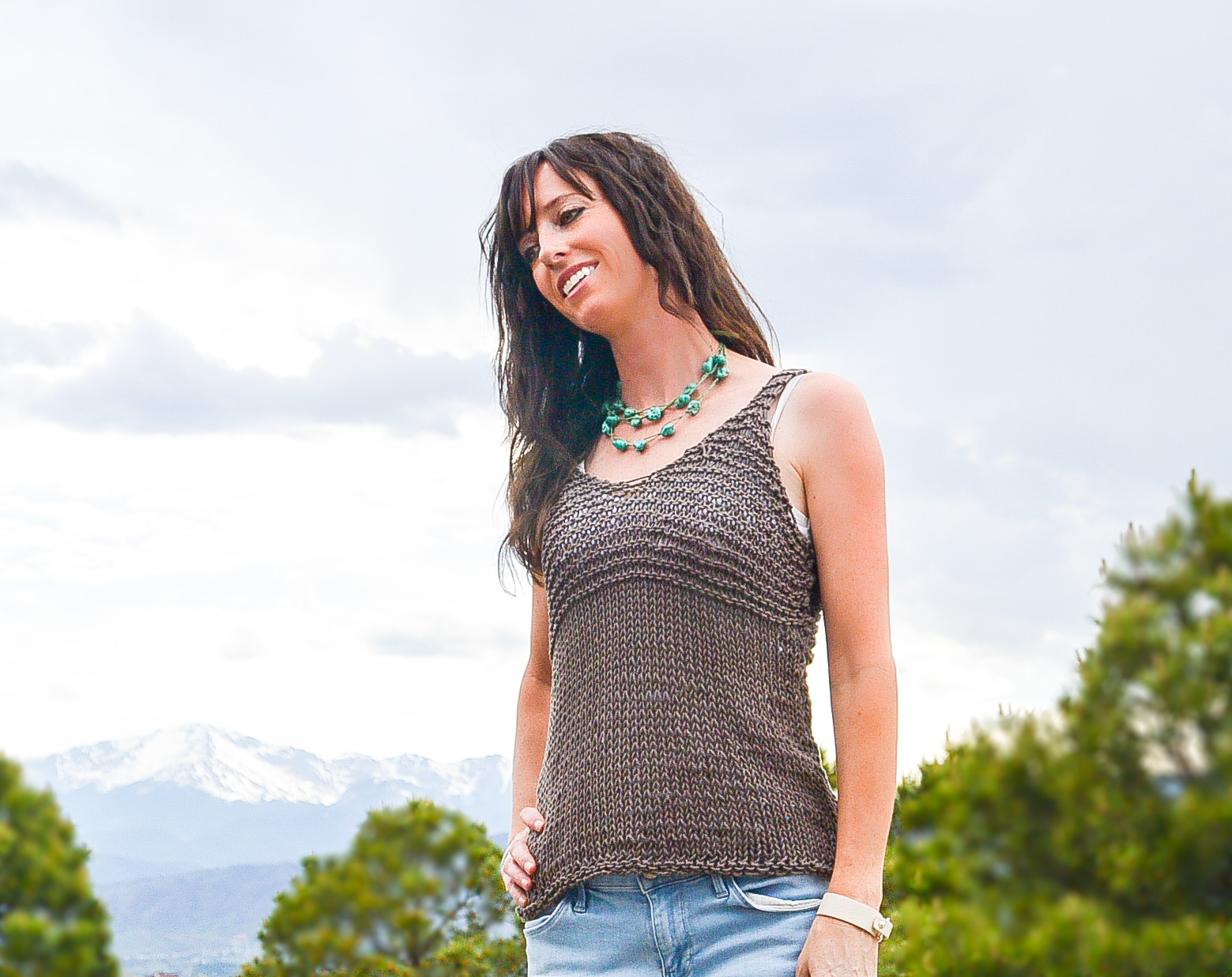
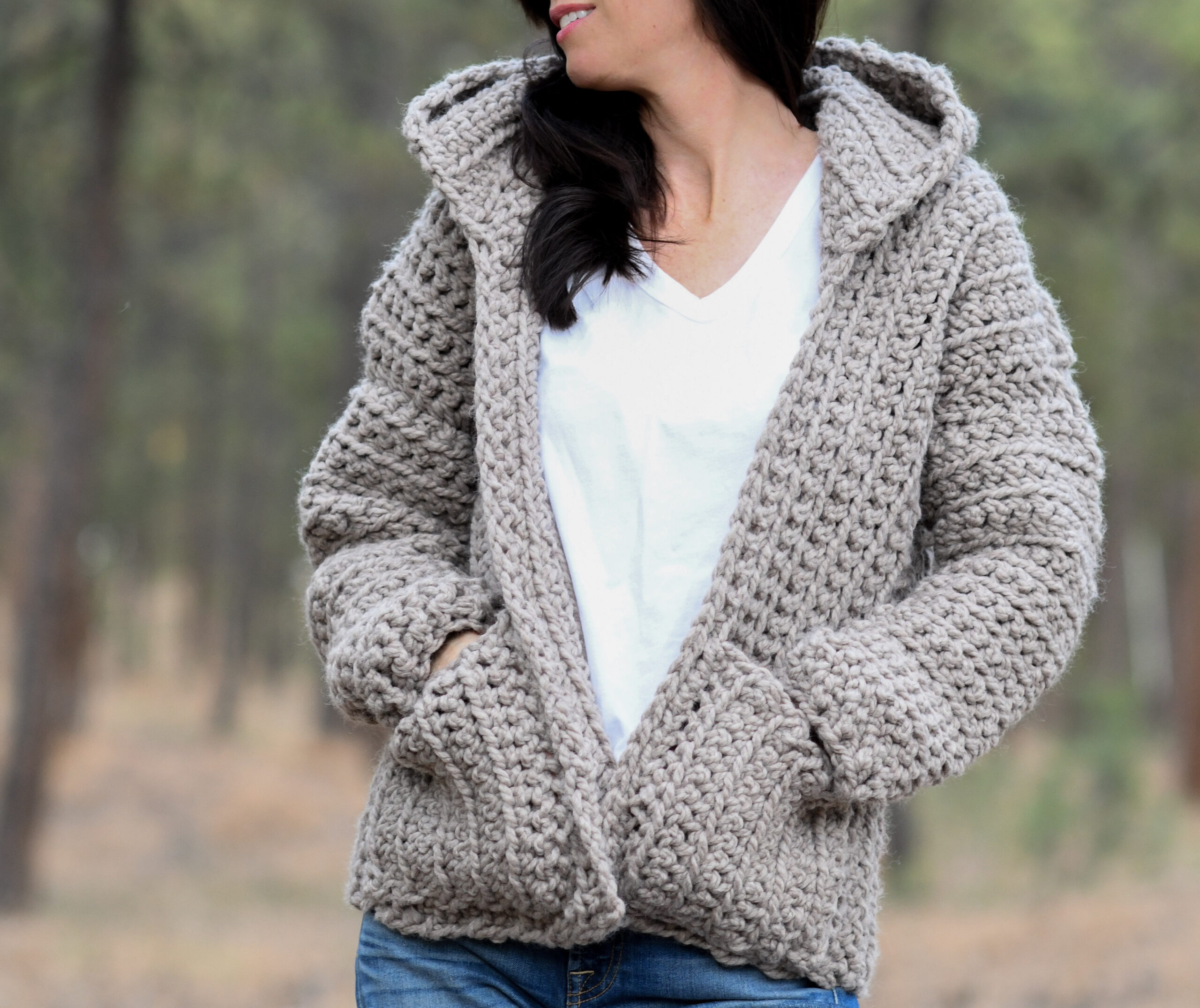
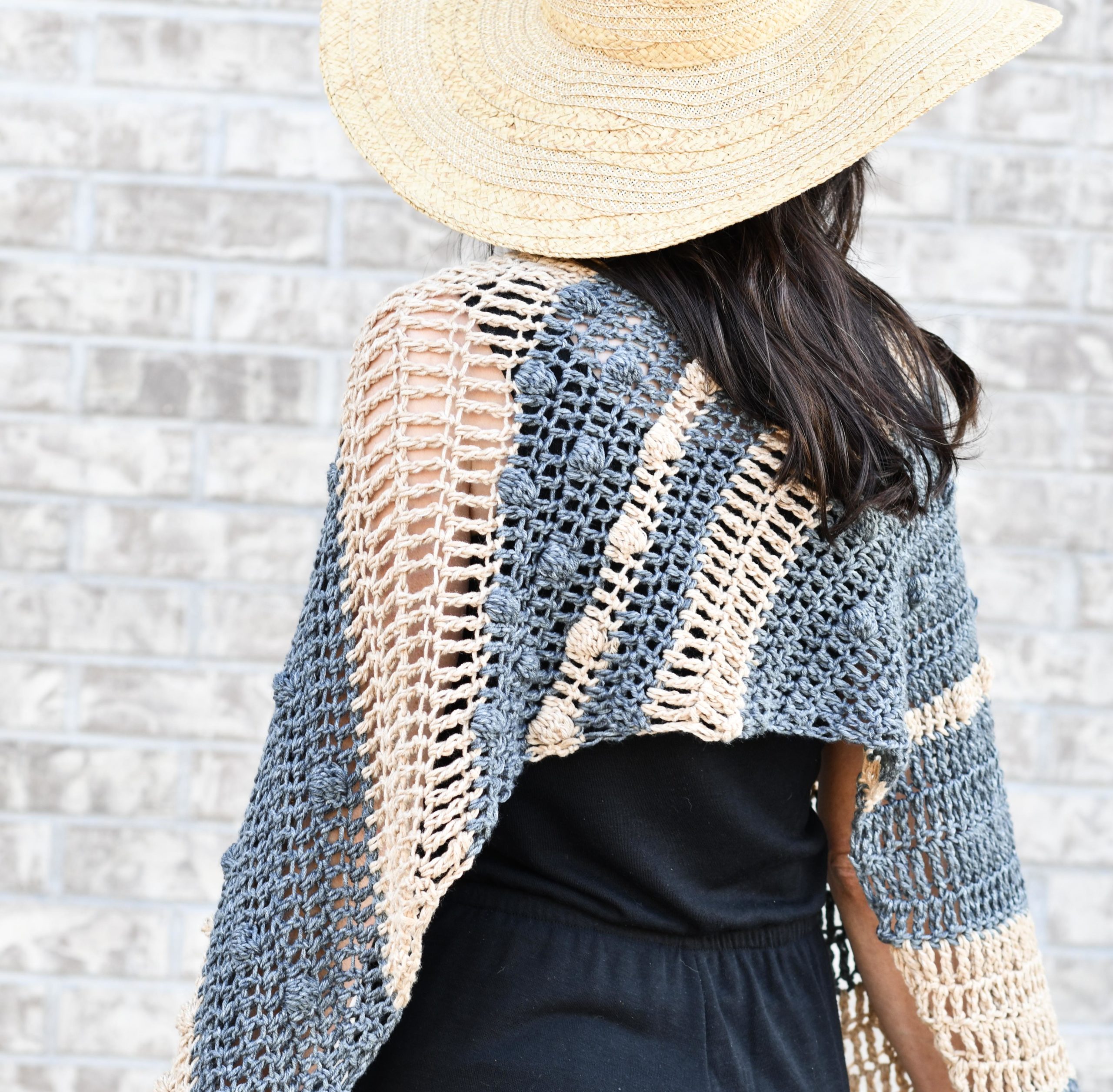
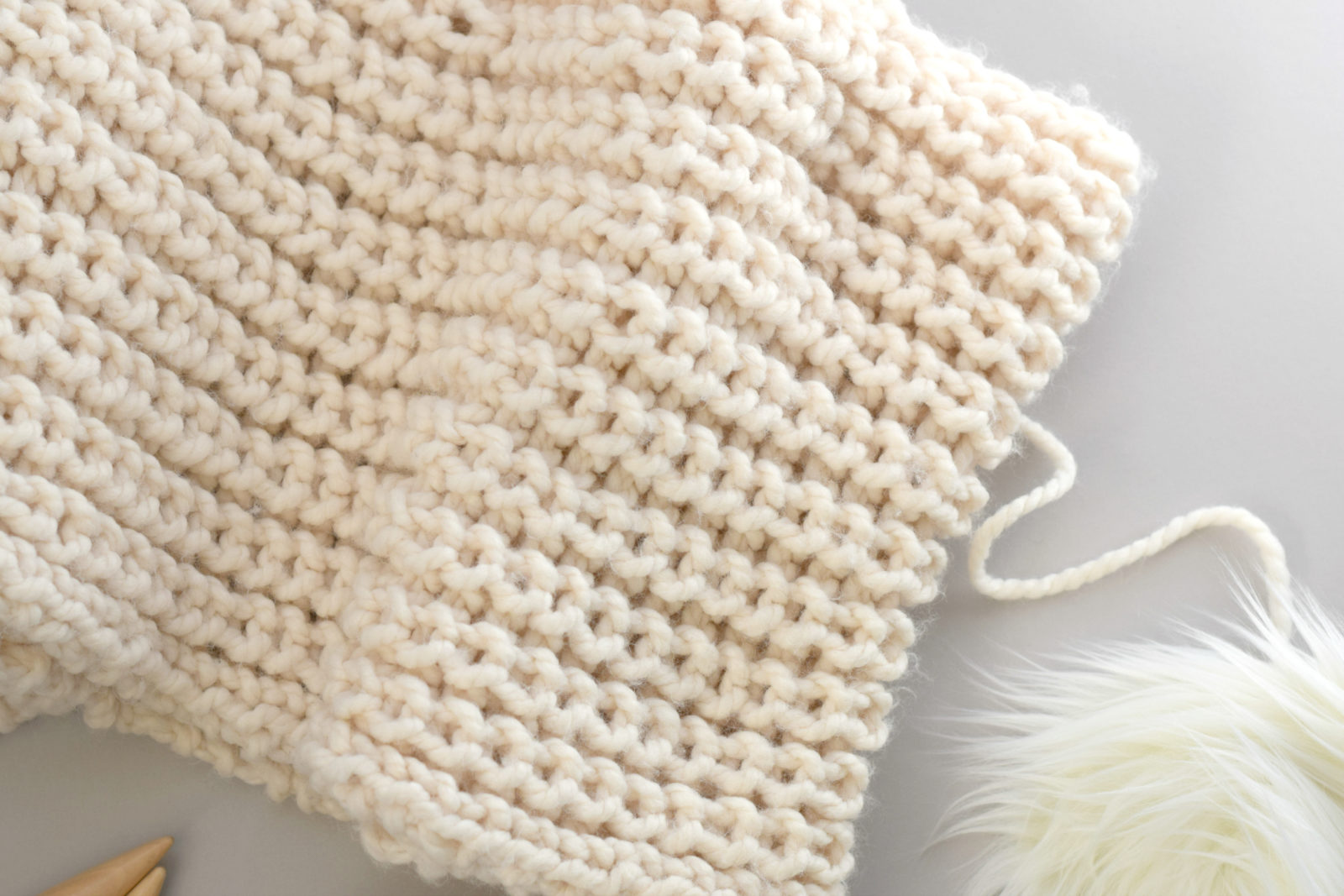
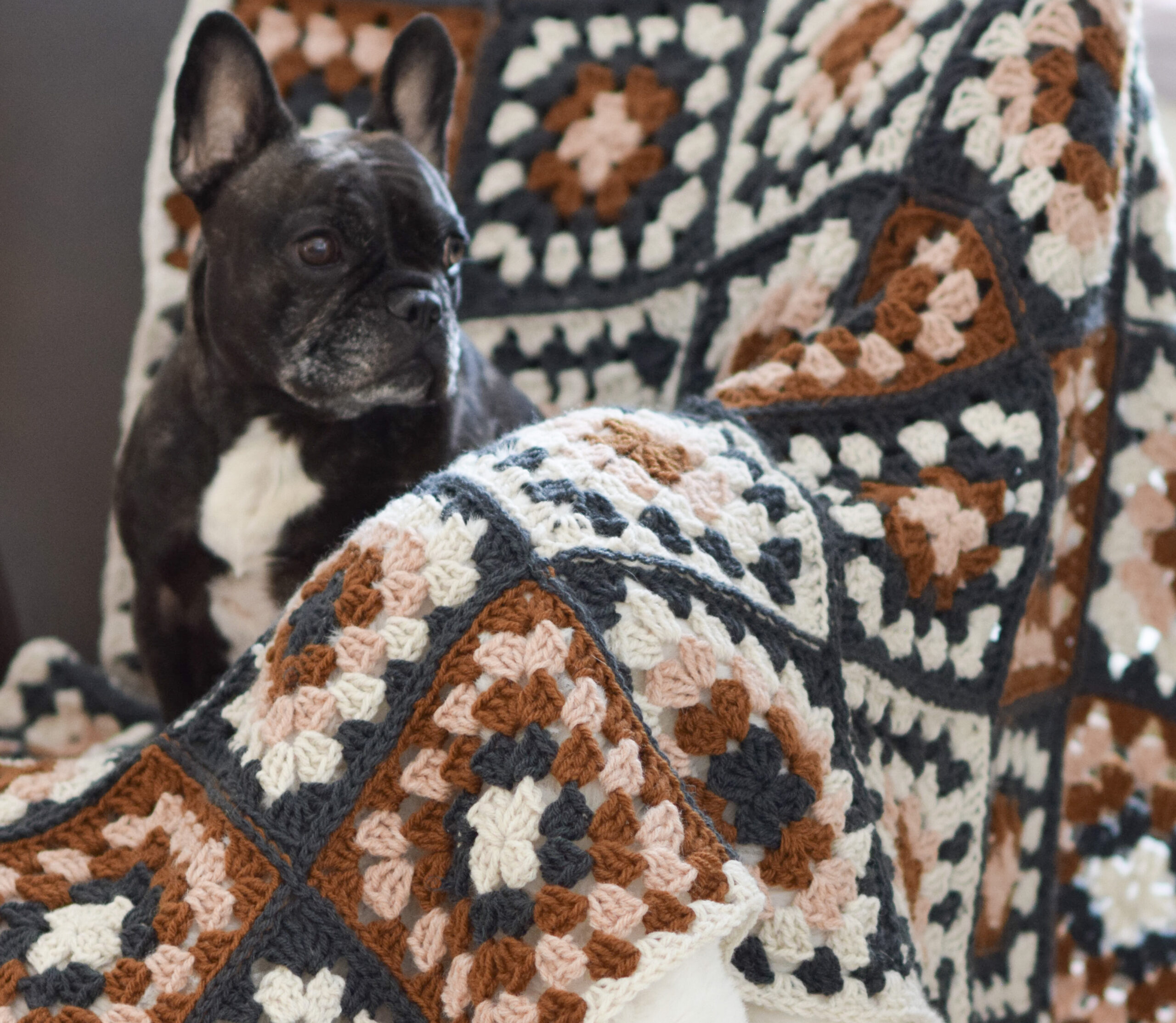
I save all my gauge squares in a special place. Eventually I plan to sew them all together to make one CRAZY quilt.
What a fun idea!!! I love that, Sandy!
I wind up with the correct number of stitches per inch but not the correct number of rows per inch. Or vice versa. It is soooooo frustrating. I keep changing hooks. I don’t know what I’m doing wrong.
Hi Marge!
It sounds like a lot of folks have this issue. I’m going to ask around about this and see if I can get any good answers!
Thank you for the info, this is really helpful!!!
So glad you found it helpful, Joy!
I would love the pattern for the cream colored item (scarf/blanket?) shown in this article. Would make a beautiful baby blanket.
Always look forward to your emails Jessica!
Victoria
This is an excellent gauge explanation, but I have a question. I make myself crazy when my stitch gauge matches but the row gauge doesn’t match the pattern gauge. If I go with the hook that matches the stitch gauge, does that throw off placement of sleeves or neckline (which are dependent upon the number of rows)? Is it better to match the row gauge; or should I try to adjust the size of each stitch to make the rows wider? Advice, please. Thank you.
Such a great question, Colleen! I personally always try to first match the number of stitches per 4″. If the rows are off, sometimes you can see from the schematic if you are short by the time you hit the sleeves and adjust by knitting more rows if needed (for example). However, I don’t have a great answer for you – maybe someone else will chime in with their experience!
Thanks for a great explanation of gauge. I am enjoying many of your patterns. . I am a mommas maker!
Ahh, thanks so much and I’m glad you liked the explanation! And yay! So glad to hear from a Mamas Maker!! So glad that you’re enjoying the downloads!
I crochet loosely, so I know to always do a test swatch with a smaller hook. But as to people saying that their gauge is correct one way but not the other, I found a video on YouTube that is very interesting. Just look for “Golden Loop” from It’s All In a Nutshell Crochet.
Kestrel, thank you so much! That video and others on the golden loop was very helpful. Now I know how to adjust my rows!
Thank you for the gauge explanation. Also like the idea of saving the pattern swatches.
Love this site thanks Jessica
One thing I have never seen mentioned concerning gauge is weather. There will be a difference if the air is humid or dry. Also gauge is affected by the moisture in your hands. If your hands have been in water or you have applied cream the gauge may be very different than when your hands are dry.
You have a great website.
Thanks Kath for the insight!
I was working on the Madrid tunic and I got the right number of stitches for the row but I crocheted four rows and it didn’t line up. Any suggestions on what I should do?
Thank you! This helps sooo much!
So happy it helps!